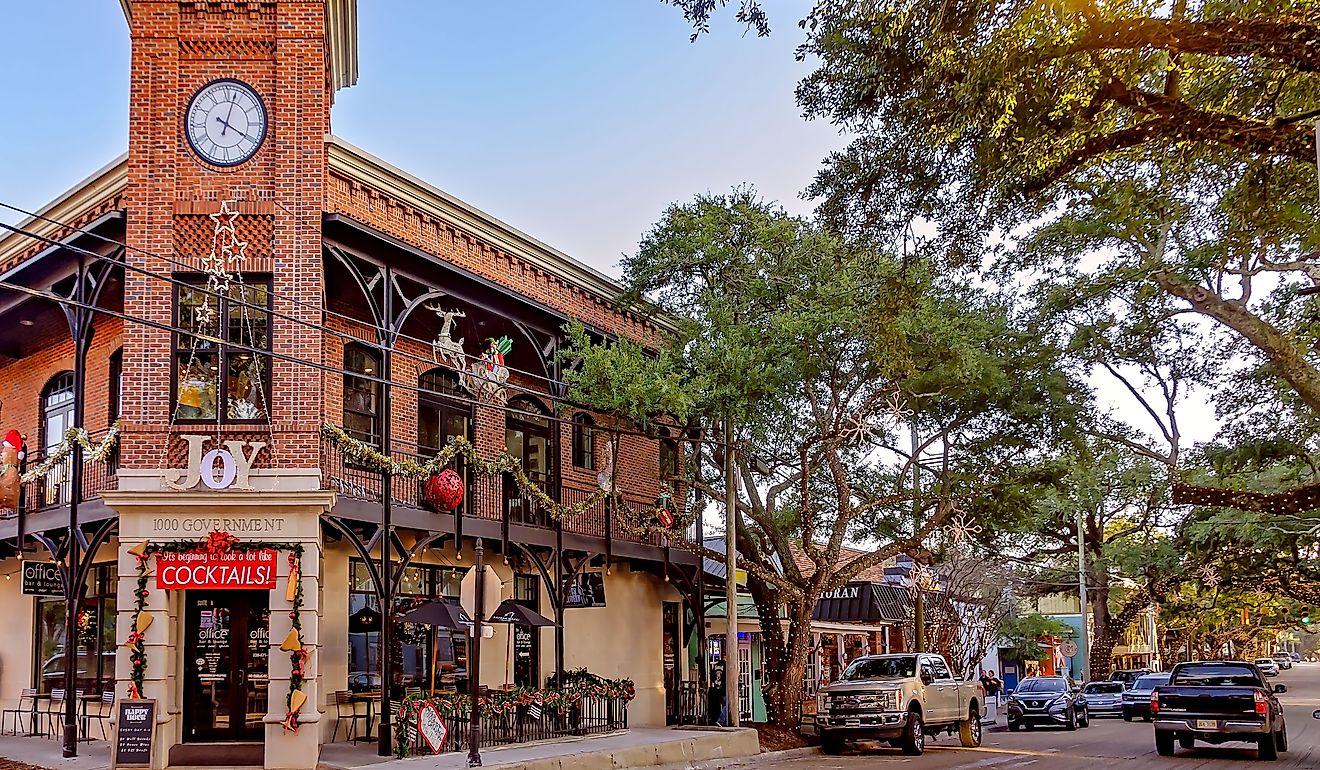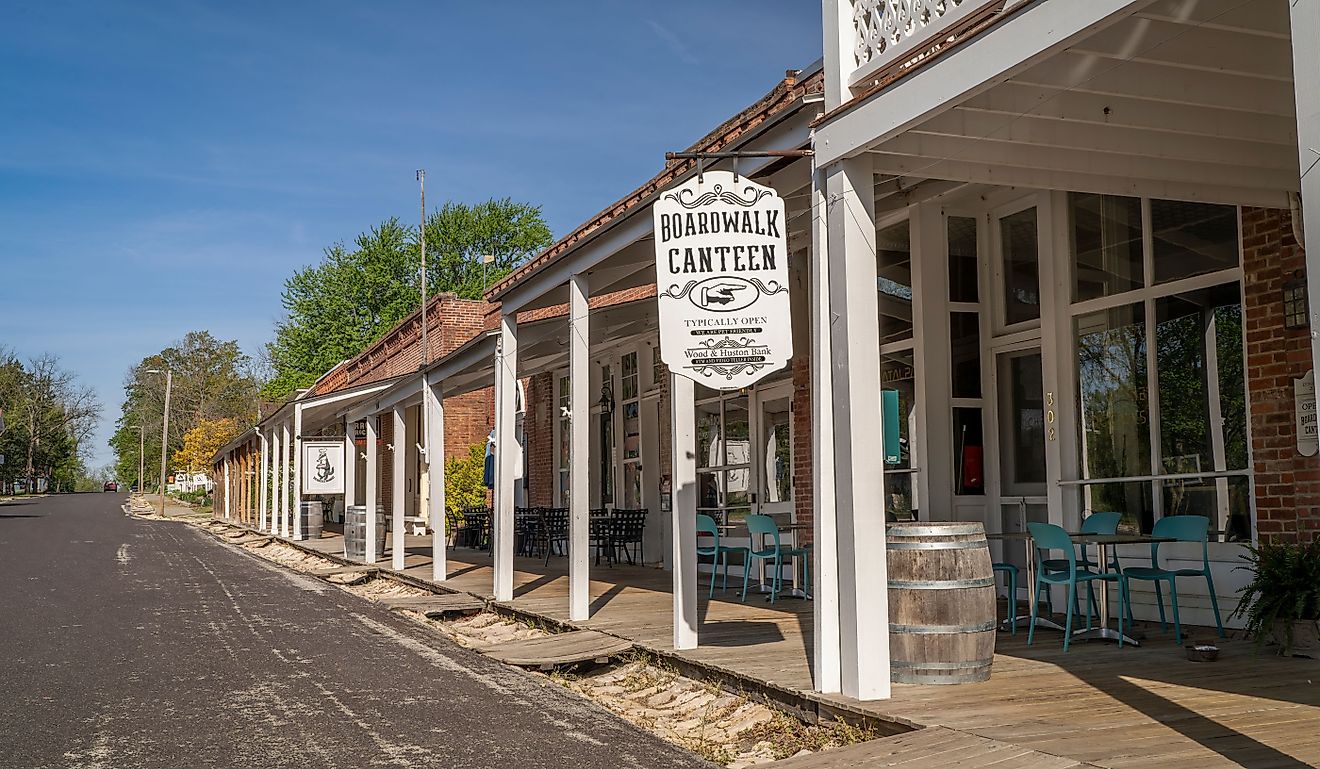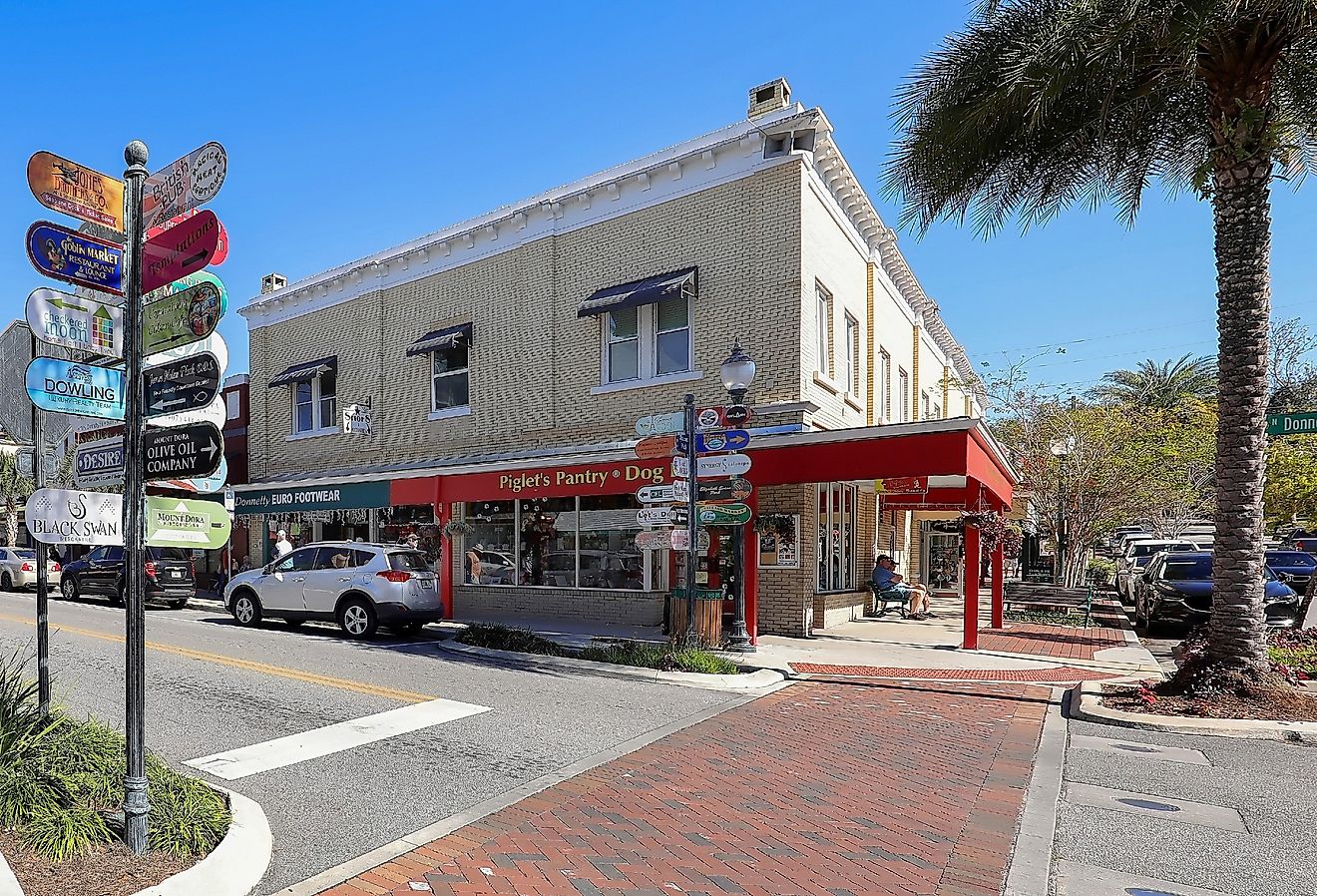
Sieverodonetsk, Ukraine
Sievierodonetsk is a small city situated close to the Seversky Donets River in the Luhansk oblast in the eastern part of Ukraine. The city of Sievierodonetsk serves as the administrative center of Sievierodonetsk Raion. Due to the occupation of the city of Luhansk by the self-proclaimed Luhansk People’s Republic since 2014, Sievierodonetsk also serves as the provisional Ukrainian administrative center of the Luhansk Oblast. Sievierodonetsk is considered the biggest center of the chemical industry in Ukraine.
Geography Of Sieverodonetsk
The city of Sievierodonetsk is situated approximately 110km to the north-northwest of the city of Luhansk – the provincial capital and 715km southeast of Kyiv – the national capital. The city covers a total area of 58 sq. km, while its built-up area of institutional, industrial, and residential land covers only 20.8 sq. km. The western half of the built-up area is occupied by industries, while the eastern half is occupied by parks, residential buildings, and public institutions.
Climate
According to the Köppen climate classification, the city of Sievierodonetsk experiences a humid continental climate. The warm season lasts from May to September, with August being the hottest month, having an average high temperature of 30.13°C and a low temperature of 17.99°C. The cold season lasts from November to March, with January being the coldest month, having an average low temperature of -7.66°C and a high temperature of -2.76°C. The city receives an average annual precipitation of 47.03mm.

The Population And Economy Of Sievierodonetsk
As of the Ukrainian Census of 2001, the city of Sievierodonetsk had a population of 120,000 inhabitants. The Greater Sievierodonetsk Region, which includes the four towns of Borisvske, Syrotyne, Metiolkine, and Voronove, had a population of 130,000 inhabitants as recorded by the Ukrainian Census of 2001. The census also revealed that the city’s population comprised of 59% Ukrainians, 38.7% Russians, 0.6% Belarusians, and 1.7% other races.
Sievierodonetsk is considered the biggest center of the chemical industry in Ukraine and accounts for about 22% by value of all the industrial outputs in the Luhansk oblast. The city is home to two large chemical firms: the Azot Corporation and the Skloplastyk Corporation. The Azot Corporation is considered one of the largest chemical plants in Europe. Some of the other enterprises in the city include the Sievierodonetsk Orgkhim, the UkrKhimEnerho, the Sievierodonetsk plant of chemical unstandardized equipment, the Sievierodonetsk Research and Production Association ‘Impulse’, and the Rizikon scientific center for risk assessment.
Tourist Attractions In Sievierodonetsk
The City Palace of Culture
Constructed in 1963 as the Builders’ Palace of Culture, the City Palace of Culture is a place where the tourists get to know about the culture and traditions of the city of Sievierodonetsk. The City Palace of Culture hosts several cultural groups, including Evryka - the dance group, Kozachi naspivy – the choir, Nadiia – the choir, Luch – the famous song group, and Mriia – the ballroom dancing group.
The Sievierodonetsk Cathedral
The Sievierodonetsk Cathedral is one of the popular tourist attractions and a leading religious site in Sievierodonetsk. The cathedral is well known for its beautiful architectural style and spectacular interior and exterior designs.
Brief History
The present-day city of Sievierodonetsk was founded in 1934 as Liskhimstroi settlement during the construction of the Lysychansk Nitrogen Fertilizer Plant on a northern terrace across the Seversky Donets River within the limits of the city of Lysychansk. During the Second World War, on July 11, 1942, Liskhimstroi was captured by the German troops. The Red Army eventually liberated the city on February 1, 1943. On December 10, 1943, work began to restore and expand the Lysychansk Nitrogen Fertilizer Plant. In 1950, the Liskhimstroi settlement was renamed Sievierodonetsk, after the Siverskyi Donets River, and in 1958 it was granted the status of a city. The first ammonium nitrate output was produced from the chemical plant on January 1, 1951.
In April 2014, the city was captured by the pro-Russian separatists. The city witnessed heavy fighting, and on July 22, 2014, the city was recaptured by the Ukrainian forces. During this pro-Russian unrest, a bridge across the Siverskyi Donets River was severely damaged. With the European Union funding about 93.8% of its restoration cost, the bridge was reopened in December 2016.
Current Situation In Sievierodonetsk
On February 22, 2022, Russian forces moved into the two separatist-controlled regions of Donetsk and Luhansk People’s Republic, whose independence were recognized by Russian President Vladimir Putin. The Russian President ordered a full-scale military invasion of Ukraine in the early hours of February 24, 2022, and the Russian military launched heavy assaults on Ukraine by land, air, and sea. Due to the Russian invasion, a state of national emergency has been declared by Ukraine President Volodymyr Zelensky. As per local news, the families living in the city of Sievierodonetsk have been forced to hide in bomb shelters after there were reports of explosions.











